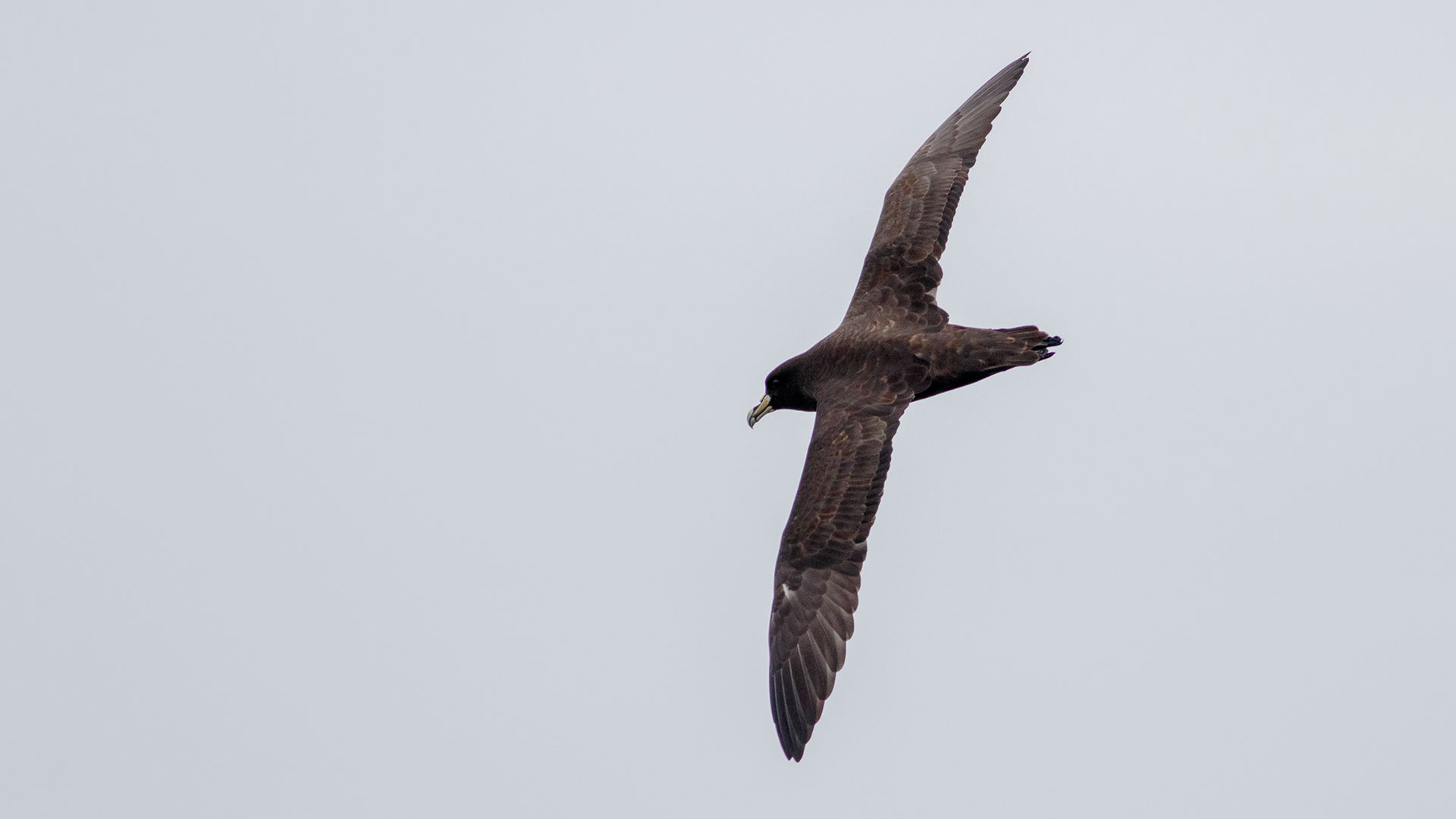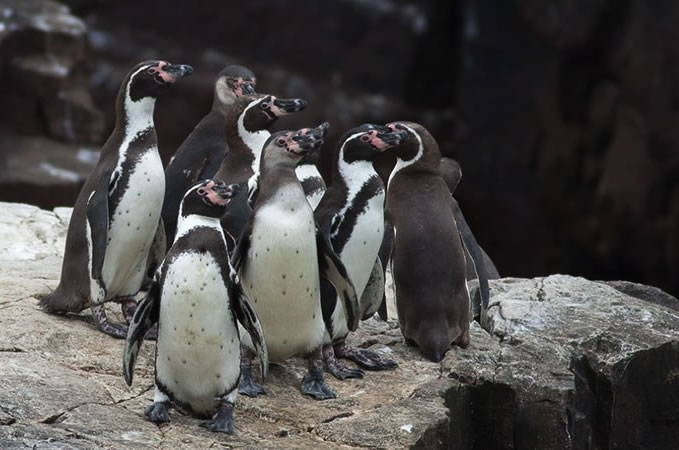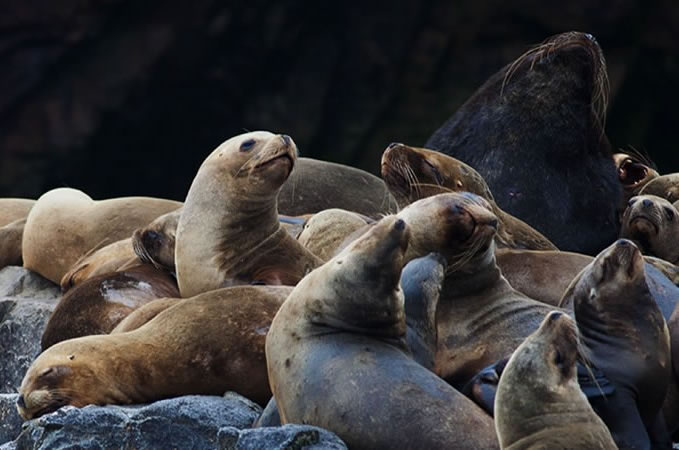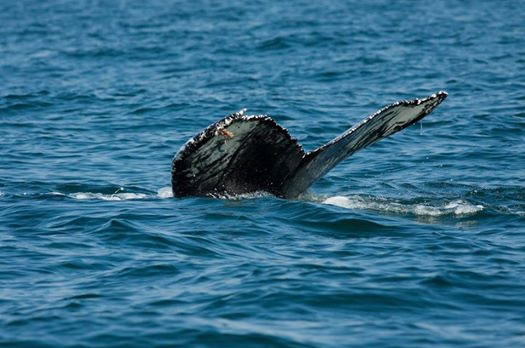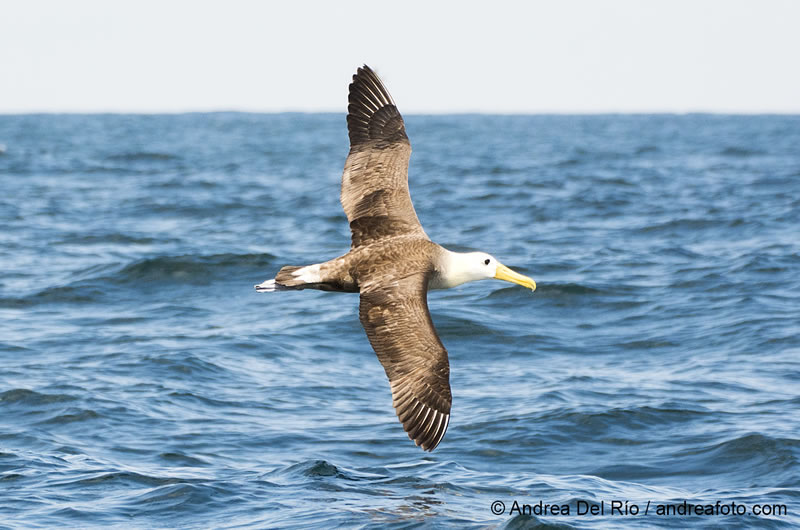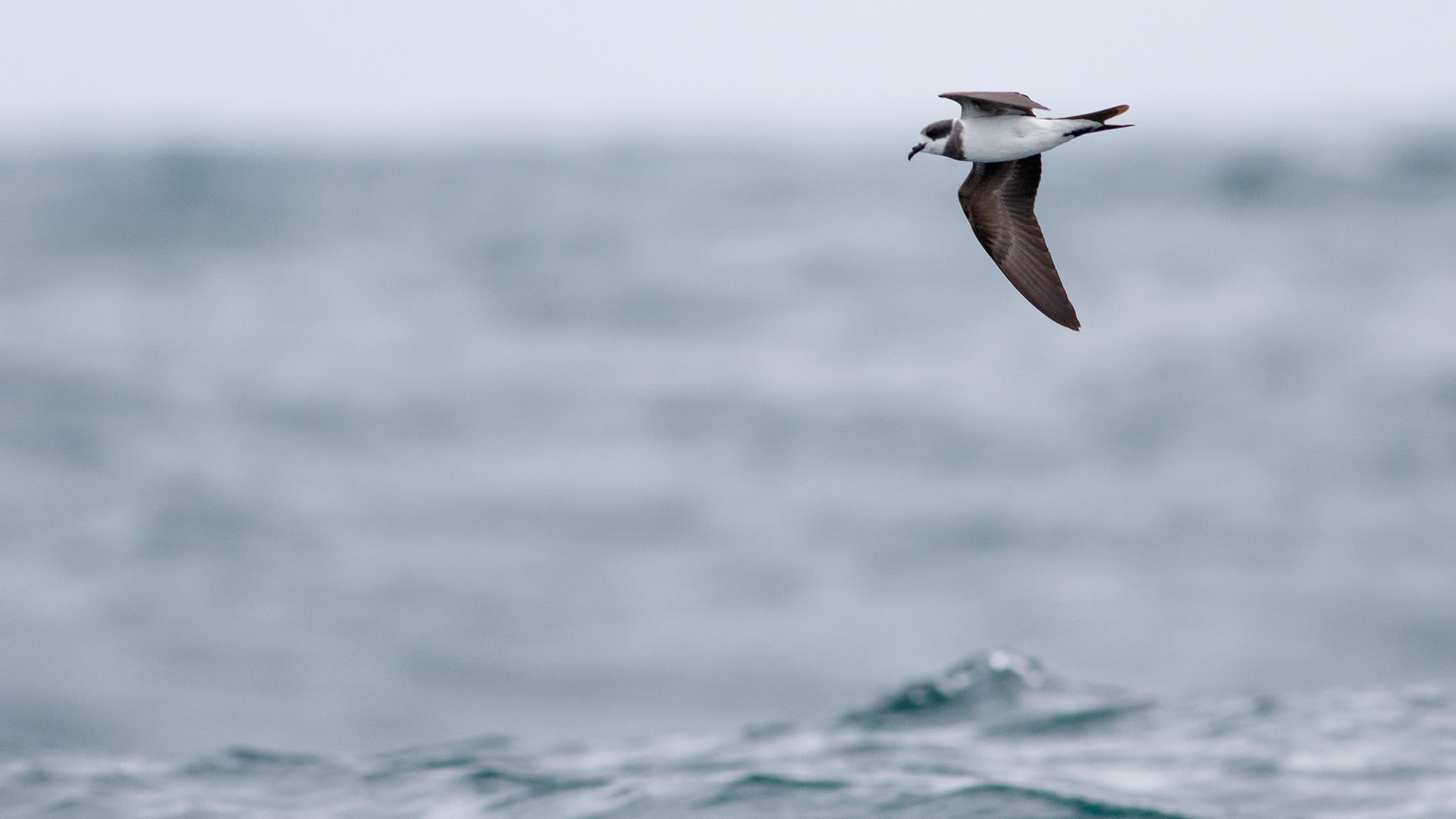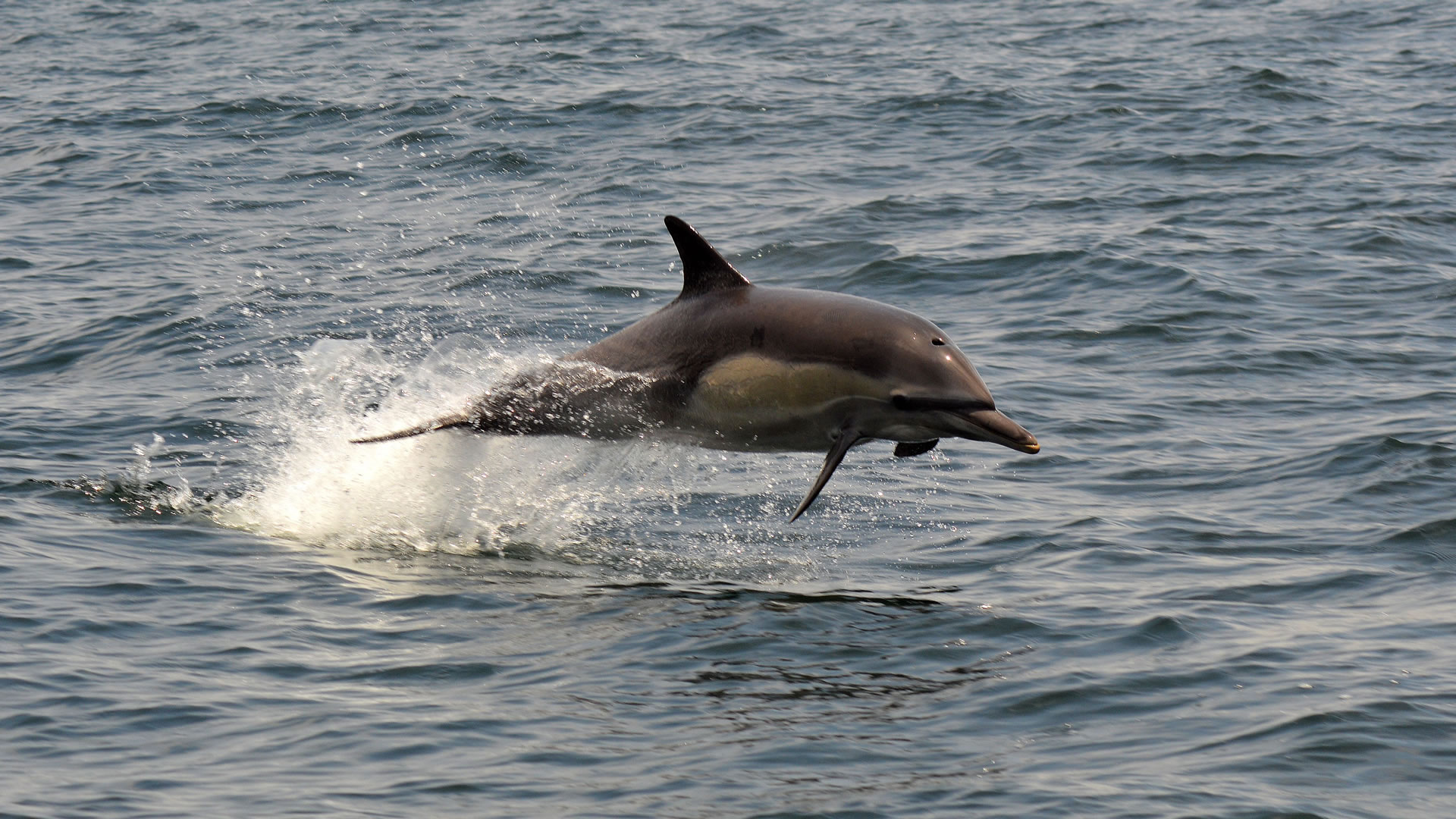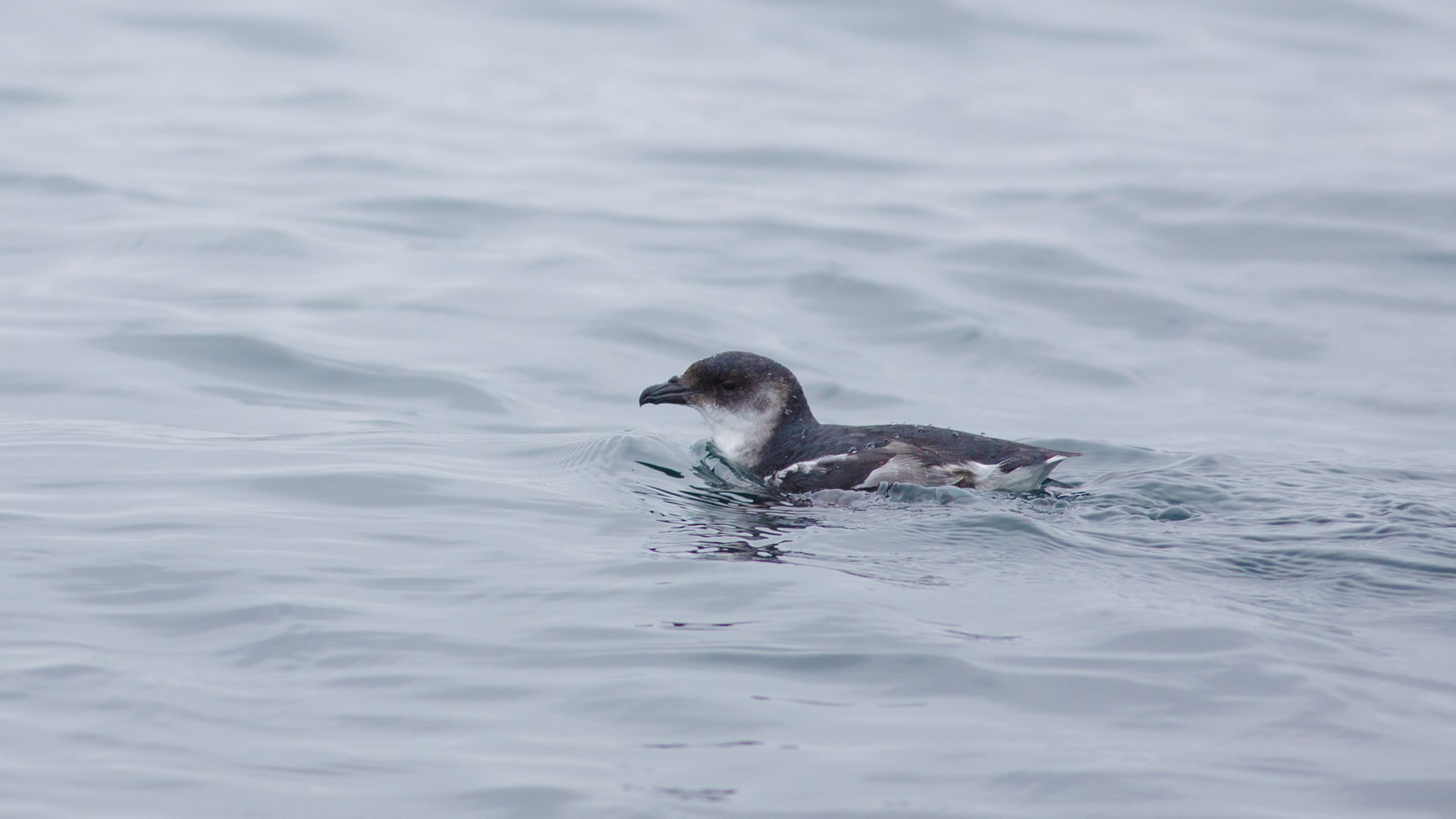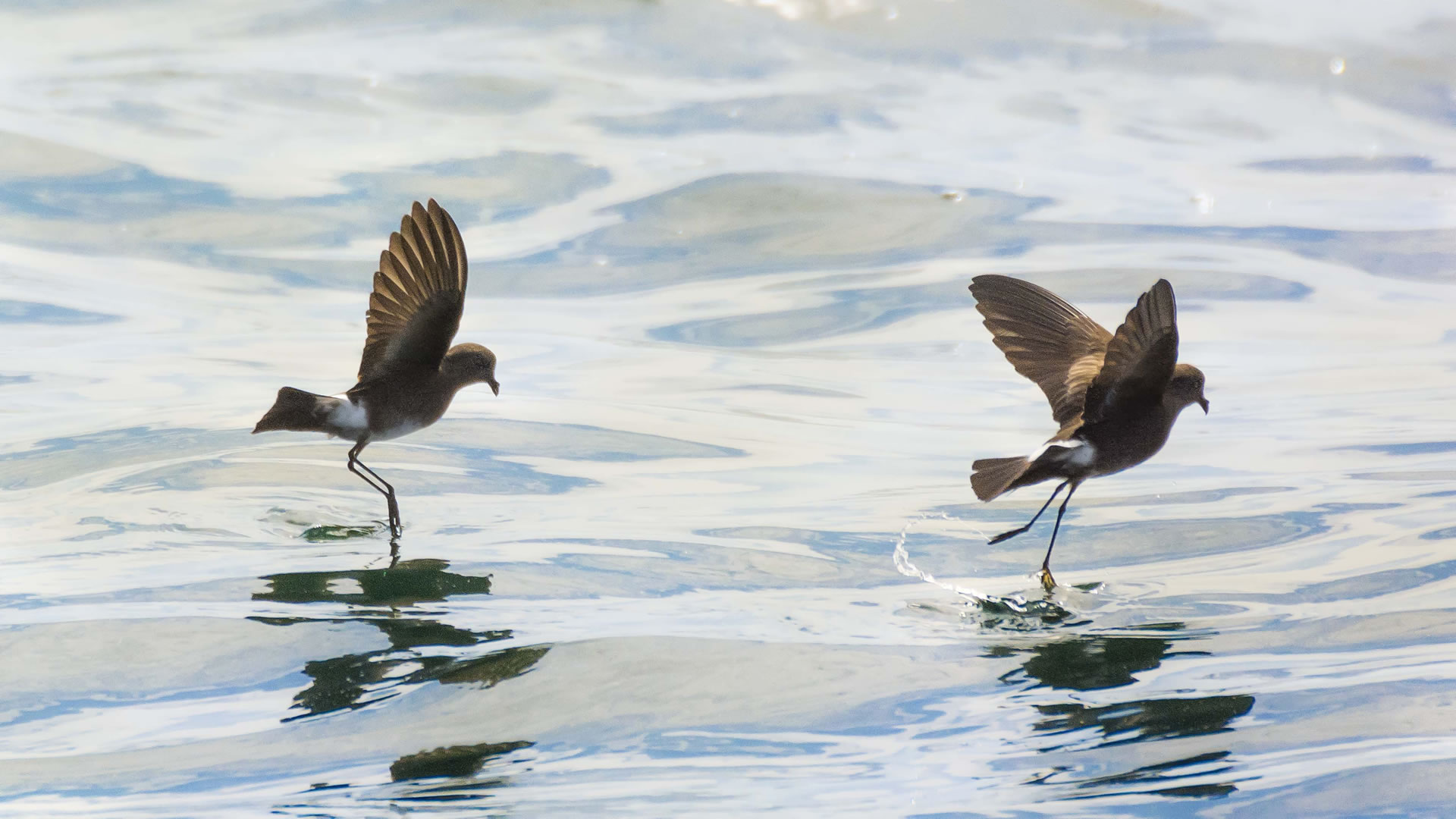Birding in Lima: The Humboldt Current – Mini Pelagic Trip
The Humboldt Current is one of the major upwelling systems of the world, supporting an extraordinary abundance of marine life.
Birding the Humboldt Current
We will visit the guano bird colonies of the San Lorenzo, Palomino and Cavinzas Islands, bserve pelagic birds that only live offshore, we will see the huge colony of sea lions of the Palomino Islands and observe different species of cetaceans.
Chilean Skua | © Jean Paul Perret
Itinerary
05:40 AM Encounter at the dock and registration of the participants.
06:00 AM Boarding from the Marina Yacht Club del Callao ( location map ), located half a block from Plaza Grau in Callao, not to be confused with the La Punta club.
06:30 AM Visit to the colonies of guano birds of San Lorenzo Island.
08:00 AM Start of the “chum » bait session 16 miles from the coast.
10: 00 AM Start of return to port.
11: 00 PM Arrival at the Marina Yacht Club Del Callao.
Tour description
The tour begins with a short navigation to Cabezo Norte sector of San Lorenzo Island, the largest island of the Peruvian coast; at its summit we will see the Gran Almirante Grau Lighthouse. Later we will begin to observe some very interesting species of birds such as the Humboldt Penguin, the Red-legged Cormorant, Peruvian Booby, Peruvian Pelican, Guanay Cormorant, Inca Tern, Blackish Oystercatcher and the endemic Surf Cinclodes. According to the season we can also find some migratory species such as the Surfbirds, Ruddy Turnstone, Whimbrel, Royal Tern, and Elegant Tern.
Hornby´s Storm-petrel @Jean Paul Perret
From this point we will go into the sea in a journey of one hour. During the navigation we will start to observe some pelagic birds such as the Peruvian Diving-petrel, Sooty Shearwaters, Pink-footed Shearwater, Wilson’s Storm-petrel, Swallow-tailed Gull, Sabine’s Gull, Chilean Skua, Parasite Jaeger, Phalarops and with a bit of luck Waved Albatross.
It is also frequent to observe the presence of large groups of Dusky Dolphins, Common Dolphins and Bottle Nosed Dolphins feeding in this area, likewise there is the possibility of observing Humpback Whales between the months of July to October. Although less frequent, we have also occasionally observed other species such as Blue and Sperm Whales.
Common Dolphin @Renzo Piana
Peruvian Diving-Petrel | © Jean Paul Perret
After traveling this route, we will reach a point located 16 nautical miles from the coast. In this area we will stop to start the session of bait or «chum», for this we use fish oil and remains of frozen fish viscera. Among the species of birds that can see are the Markham’s Storm-Petrel, Salvin’s Albatross, Waved Albatross, among others.
Around 10: 00 AM initiate the return sailing towards the Palomino Islands where we will stop to observe the impressive colony of more than 10 thousand sea lions living in this place. Then continue to the port where we arrive at about the s 11: 00 PM.
Wilson´s Storm-petrels @Andrea del Rio
The boat
The Penguin III is a boat that has a double fiberglass hull, equipped with two outboard motors. The boat has capacity for more than 20 passengers, but we usually limit our tours to 14 people.
Security
The Penguin III has all the necessary security equipment and required by the Peruvian authorities to carry out this type of excursions more than 30 miles away from the coast.
Some of the characteristics of the boat that allow us to operate safely include:
- We deliver life jackets to all passengers. The use of life jackets is mandatory according to Peruvian laws throughout the journey.
- The boat is equipped with two radios that allow us to communicate with other boats and the coast.
- We have two GPS navigators.
- The boat has two outboard motors in case any of them breaks down.
- Other safety equipment: flares, signal mirror, rescue ring, first aid kit, bilge pumps, analog compass.
What does the service include?
- Five hours of sailing from the coast to reach at least 16 miles away (depending on sea conditions).
- Bilingual guide (Spanish/English) specialized in seabirds and in the identification of whales and dolphins.
- Water and snacks.
- Life vests of different sizes, if you travel with children or people smaller than normal let us know to provide a vest according to their size.
- Entry ticket to the islands that are part of the Islas y Puntas Guaneras National Reserve. We clarify that although an entrance ticket is paid for navigating around these islands, at no time will we disembark in them for being prohibited.
- Bait to attract birds.
* The tour does not include the transfer from your residence to the boarding point, if you require this service let us know.
Recommendations
Clothing: Top 3 layers, for example, polo, fleece jacket and windbreaker or waterproof jacket if possible. Avoid wearing shoes with high heels since they can hinder their mobility and balance inside the boat.
Food: we will deliver a small snack on board that includes a bottle of water, crackers and fruit. If you decide to bring something extra to eat, we recommend that it be light and easy to digest.
Measures against seasickness: For people, who participate for the first time in a pelagic tour; remember that we will spend 5 hours sailing at a distance of approximately 16 miles from the coast. The following is recommended: sleep well the night before, avoid consuming alcoholic beverages from the day before the trip, take a light breakfast and stay hydrated, fix your eyes on the horizon especially while the boat is stopped. If you get dizzy with ease, it is recommended to take a pill against seasickness like Dramamine, remember that this medication must be taken some time before the tour and not while we are sailing.
Protection against the sun: wear cap with visor, sunscreen, etc.
Binoculars: for this type of tours we recommend using 8×42, 8×32 or 7×42 binoculars since they allow locating the birds more easily despite the movement of the boat.
Photographic equipment: if you plan to take photographic equipment, do not forget to protect it against seawater, depending on the weather conditions, water can splash inside the boat, so it is recommended to carry bags to protect your electronic equipment.
Price and Method of Payment (Dollars)
4 PAX $610 per person
6 PAX $435 per person
8 PAX $350 per person
10 PAX $295 per person
How to make a booking
- Make a deposit of US $ XX to our bank account.
Banco de Crédito del Peru – BCP
Savings Account in dollars : 194-92931087-1-82
Ecologistica Peru - Send the voucher of the scanned deposit to atta@ecologisticaperu.com mail.
Once the process is completed you will receive a confirmation email of your reservation.
Contact information
More information about our wildlife observation tours:
Facebook www.facebook.com/EcologisticaPeru
Web page www.ecologisticaperu.com


